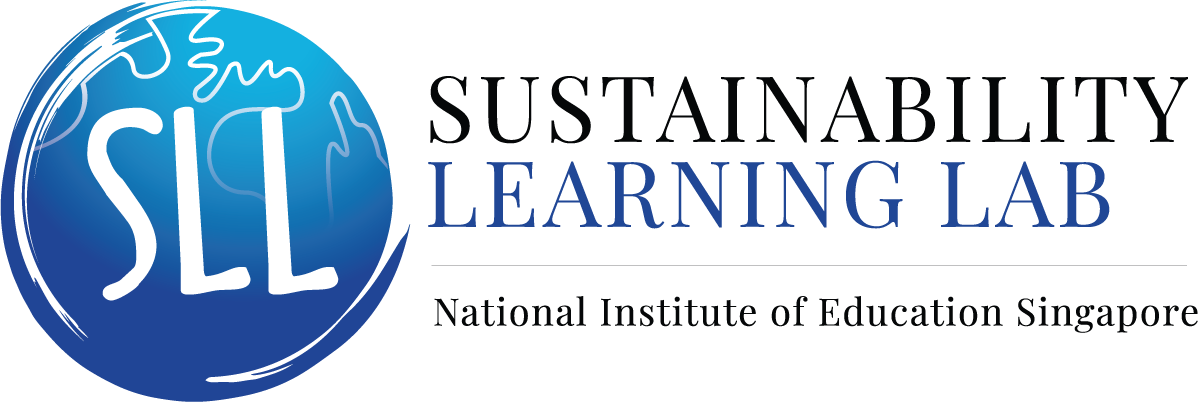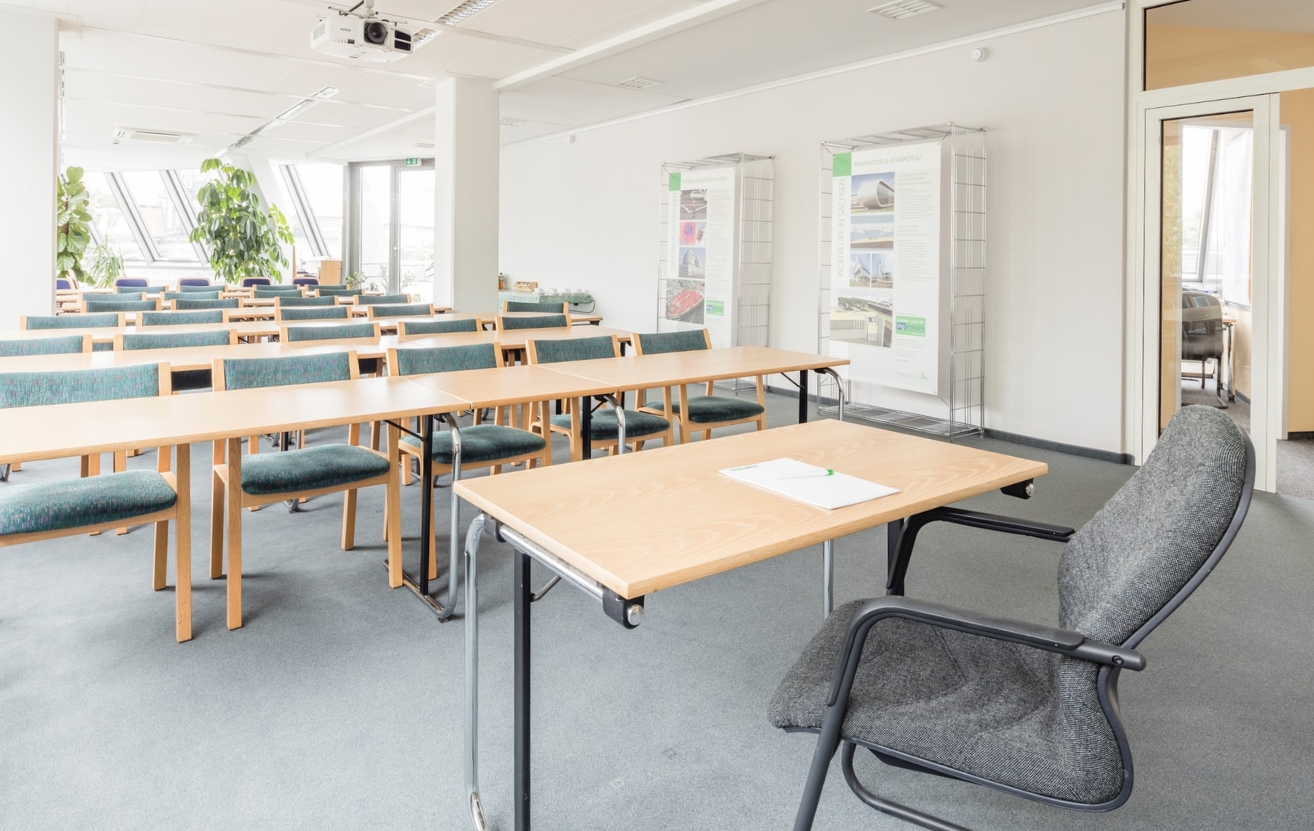The Geographic Information Systems (GIS) lab has 25 work stations to facilitate teaching, learning, and research related to cartography, GIS, and remote sensing. Each work station is installed with mapping software (e.g. ArcGIS, ERDAS IMAGINE) for students or staff to process, analyse, and visualise geospatial data (in the form of e.g. land cover/use, flood/drought hazard/risk maps) on multiple scales. Geospatial data analysis is typically a crucial component of investigations on environmental change as well as the sustainable management of resources, urban development and natural hazards.

The Environmental Studies Lab
The Environmental Studies Lab is furnished with laboratory and field equipment to support research on the physical environment (e.g. water, sediments) as well as ways in which environmental quality or sustainability can be maintained. Some of the laboratory equipment that have been installed include a drying oven, a muffle furnace (a furnace for isolating solid material from combustible material), sediment sieves (for analysing sediment size distribution) and a storage refrigerator.
Additionally, the lab stores a range of field equipment that are integral to the study of, for example, the sustainable management of river basins. These equipment include advanced Global Positioning System (GPS) units (to locate or trace sites), soil augers/corers (for collecting soil samples at depth), an Acoustic Doppler Current Profiler (to measure the velocity of a river), a sub-bottom profiler (to determine the physical/geological properties of a riverbed), a Humminbird eco-sounder (to determine river bathymetry) and a water quality meter.

Taken together, the GIS and Environmental Studies Labs are places where new knowledge on various aspects of the natural-human landscape is generated, which may in turn inform how environmental challenges can be more effectively addressed.



